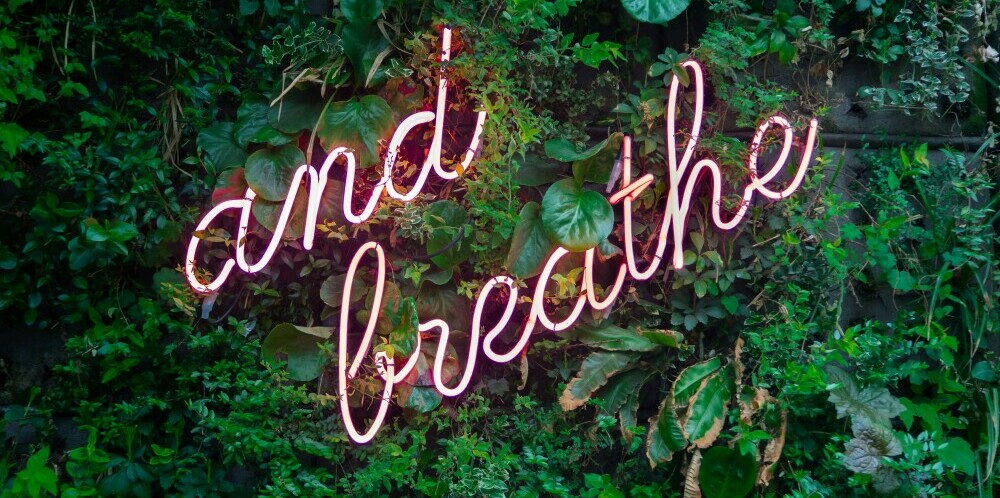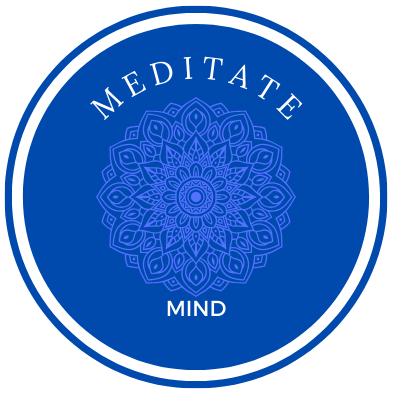
Ever noticed how refreshing one deep, intentional breath can be? I’m not talking about the regular, automatic breaths we take all day, but one you take on purpose, with awareness. In meditation, each breath can feel like that—a chance to anchor yourself and find real calm. Breathing mindfully isn’t just about feeling a bit more relaxed; there’s actually science behind it. Controlled breathing, for example, can activate the parasympathetic nervous system, which lowers stress and anxiety. When you breathe like this, you’re working with your body’s own rhythms, calming your nervous system and helping your mind stay focused.
So, why is breath so central to meditation? Because it bridges the mind and body, rooting you in the present. Below, I’m sharing some of the best breathing techniques that make each breath feel meaningful.
Easy Breathing Techniques to Kickstart Your Meditation Practice
If you’re new to meditation or just want to deepen your practice, mastering a few breathing techniques is a great start. Here are some simple yet effective options:
- Natural Breathing: This is all about observing your breath without changing it. Just notice how it flows in and out. In mindfulness meditation, this awareness brings you into the present moment, naturally calming the mind.
- Diaphragmatic Breathing: This deep breathing technique focuses on expanding your belly as you inhale and exhale. It’s one of the best ways to calm your nervous system, helping shift your body from stress to relaxation mode.
- Ujjayi Breath (Oceanic Breath): Breathing through your nose with a gentle constriction at the back of your throat creates a wave-like sound, which is soothing and keeps your mind focused. Think of it as the sound of the ocean, calming and steady.
- Nadi Shodhana (Alternate Nostril Breathing): By closing one nostril at a time and switching sides with each breath, this technique balances your body and mind, creating a sense of harmony and mental clarity. It’s like a gentle reset for your brain.
To try any of these, just find a comfortable seat, relax your shoulders, and let your spine be long but not rigid. It’s all about experimenting without worrying about getting it perfect. Meditation is very personal, and it’s more about finding what works for you.
Going Deeper: Advanced Breathing Techniques to Try
Once you’ve gotten used to the basics, you might want to try some advanced breathing techniques to deepen your meditation:
- Rhythmic Breathing: Keeping a steady rhythm with your breath can help quiet the mind. Find a pattern that feels comfortable, whether it’s counting to four on each inhale and exhale or something more natural. The consistency is what helps you sink into a deeper state of calm.
- Visualisations and Mantras: Imagine your breath as waves washing away stress or use a simple mantra like “peace” or “calm” with each exhale. Adding a little intention to your breathing can deepen your focus without complicating the process.
- Movement and Sound: Adding gentle movements (like flowing stretches) or soft sounds, such as chimes or soothing music, can support your breathing and enhance your meditative state. These elements keep things fresh and engaging.
Remember, there’s no “one way” to breathe. It’s all about discovering what works best for you. And on some days, you may feel like diving into one of the advanced techniques, while other days, a simple natural breath is all you need.
The beauty of breathwork is in how adaptable it is—each technique can be personalised to fit you. So explore, have fun with it, and make each breath your own. After all, meditation isn’t just about the destination; it’s about enjoying the journey.
